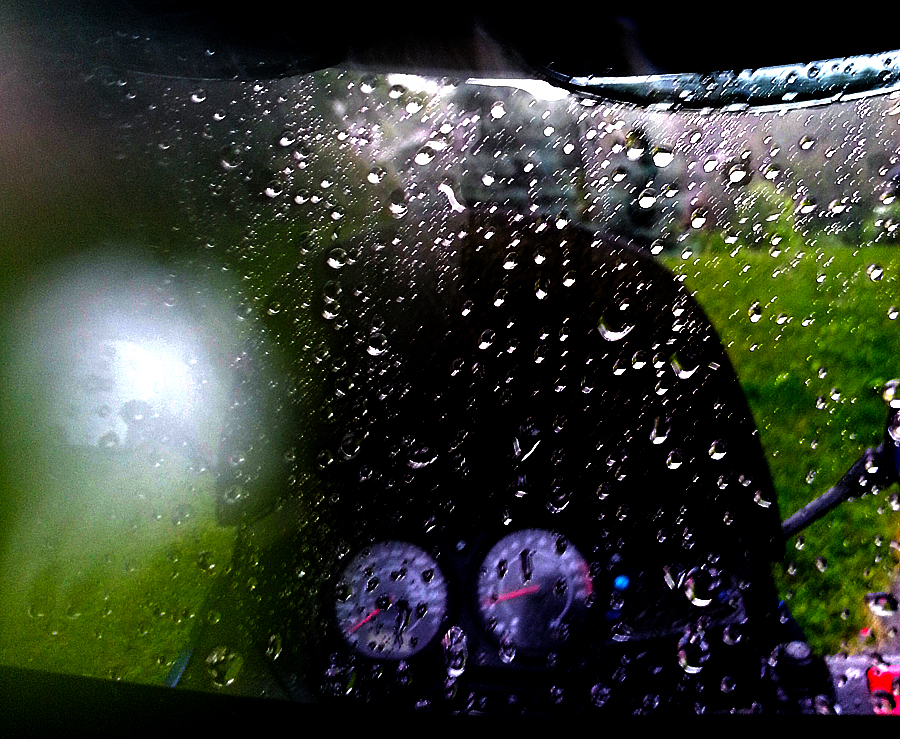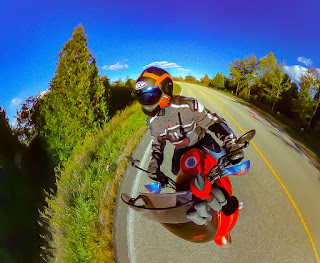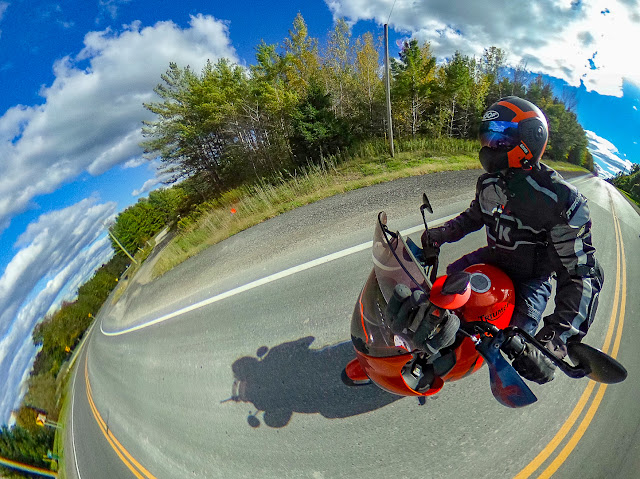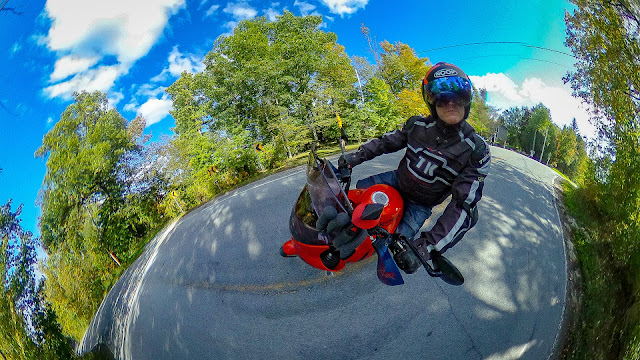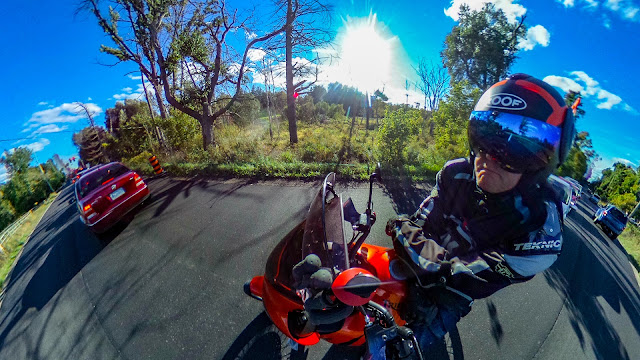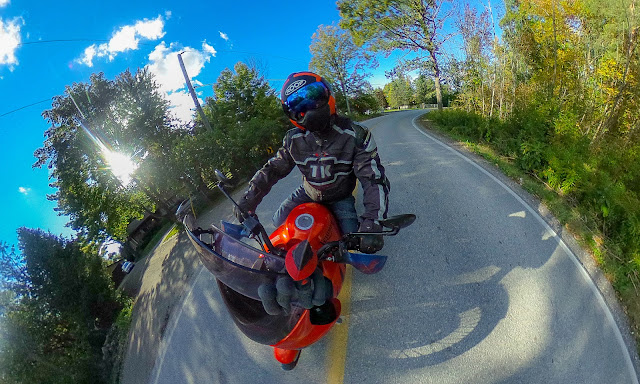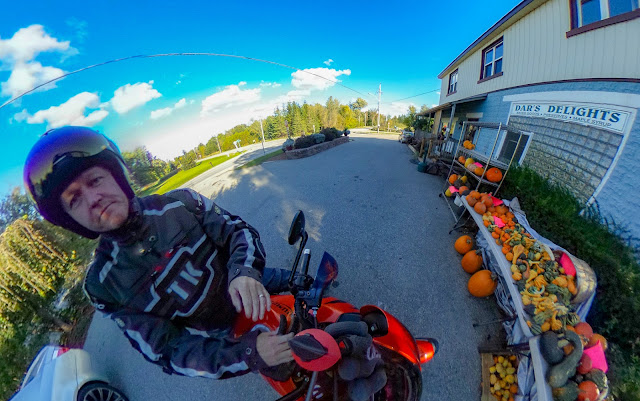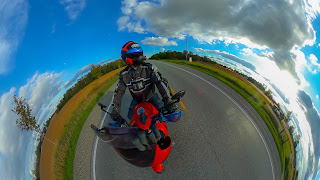The transmission of knowledge between people has always been predicated on personal relationships. We come pre-wired to learn, and the way we’ve always done this is through a mentoring process be it master and apprentice or teacher and student. This deep human experience goes well beyond cultural norms. No matter where you are in the world or in human history, the art of learning is founded on this relationship between people.
Schooling systems look to standardize education so they can more easily assess their management of it, it has little to do with effective learning. In an educational world of standardized marking, testing and curriculum building, the goal is to remove personal connections in favour of more easily quantifiable and less effective teaching tools.
On top of the system pressuring education from a data collection/ease of management perspective, we also find ourselves in a surge of technological advancement that seems determined to insert itself into every aspect of human behavior, including that most sacred of human endeavours: learning. This digitization of human relationships can offer a wider range of connection, but it also tends to flatten those connections. Online relationships lack the dimensions of personal relationships. Anyone who has met online acquaintances in person has experienced this sudden deepening of previously shallow online connection.
I’ve seen technology do magical things in teaching, and I’ve long be a proponent of pushing technologically assisted experimentation as far and as fast as it will go, but I’ve never thought to swap technology for the personalized process of teaching and learning, yet that is what I see many people suggesting.
Whether it’s a rabid excitement (usually managerial or worse, financial in scope) over MOOCs or the latest gadget that will ‘revolutionize’ how we do things, or simply the drive to make students the centre of all things and reduce teachers to facilitators, there seems a constant pressure to depersonalize and grossly simplify the relationships that are the ecosystem for the art of deep, human learning.
If you see learning as the transmission of information then all these gadgets and systemic processes must seem like magic bullets that will solve all problems, that belief is probably selling your books. With good management, letting students learn whatever strikes them as interesting, and enough money for toys, you’ll be able to educate everyone for almost nothing! Oh, the efficiency.
The problem with learning is that it tends to be very non-linear. A good teacher calls this a teachable moment – adapting to an unexpected circumstance in order to teach a memorable lesson. These lessons often appear to have nothing to do with the curriculum or even the subject you’re teaching. A good teacher will bend to the needs of the moment, giving the learning momentum, and keeping in mind the development of bigger ideas in a context lost on students.
A couple of years ago we made a Minecraft server in our computer engineering class. One of the students quietly spent his lunches over the semester building up enough dynamite in the game to equal the Hiroshima bomb – he’d learned about it in his history class. At the end of the semester he announced that he was going to set it off. Everyone was freaked out, they’d spent a lot of time building things on that server and were afraid the virtual world would be destroyed, or worse, the server would crash. He set it off, the class watched the server churn through the processing, and finally it rendered a massive crater. We spent some time in a computer engineering class quietly looking at historical websites of Hiroshima after that. We eventually got to examining what happened with the server trying to process the blast, but not at the cost of the obvious historical and human context in front of us.
In my second year of teaching I was doing Macbeth with some grade 11s. I happened to mention that my parents were in the middle of a divorce, which prompted an impromptu round table by the distressingly high number of kids in the class who were either going through something similar or already had. Learning about how to deal with being a child of a divorce by more experienced people (who happened to be my students) demonstrates the two way nature of that teacher/student relationship.
I’m not saying there shouldn’t be some structure to our school system, and I’m not saying that technology and addressing student directed learning isn’t important. What I am saying is that learning is a complex process that develops most effectively through meaningful human relationships. The more dimensionally complex that relationship is, the better the learning. It is often non-linear, and at its best, it is predicated on a level of trust between teacher and student that allows for exploration and development in unexpected directions. The artistic nature of learning must drive (North American) education managers around the bend.
Human learning, this effective use of relationships we’ve evolved to teach and learn from each other, is best served by setting high standards for teachers and then giving them discretion in teaching. Micromanagement is a sure way to kill the teachable moment. Standardized testing offers simple lies to a complex truth. Ontario has also found new and interesting ways to damage this relationship in the last year. It’s remarkably easy to interfere with and poison the learning relationship.
Technology isn’t a solution, it’s, at its best, an aid, and one that should be used to support rather than replace proven pedagogy. When combined with the hard capitalist bent of most educational technology companies (themselves happy partners with US driven for profit charter schools), effective learning takes a back seat to profit margins, market gain, fictionalized standardized testing scores and quarterly statements. Technology offers some interesting opportunities in education, but it should never be at the cost of learning.
Systemic micro-management only serves accountants. If you’re managing education you need to consider how best to improve the quality of your teachers on a macro scale, and that quality isn’t based on their student’s standardized test scores.
If you recall your moments of deepest learning you’ll recognize how subtle and profound the circumstances around your eureka moments are. A good teacher is more like a gardener than a source of information, creating the circumstances that lead everyone involved in the learning process to greater realizations. We recall the teachers who create and share these fecund moments fondly because we recognize, on a fundamental level, how they are helping us realize our own potential in a uniquely personal and human way.
Some other philosophy of learning entries:
Elearning & the student/teacher relationship: personal contact in an increasingly edtech isolated world
What is learning?: what we are pre-wired to do
Speaking with dead voices: how your best teachers taught you to teach















